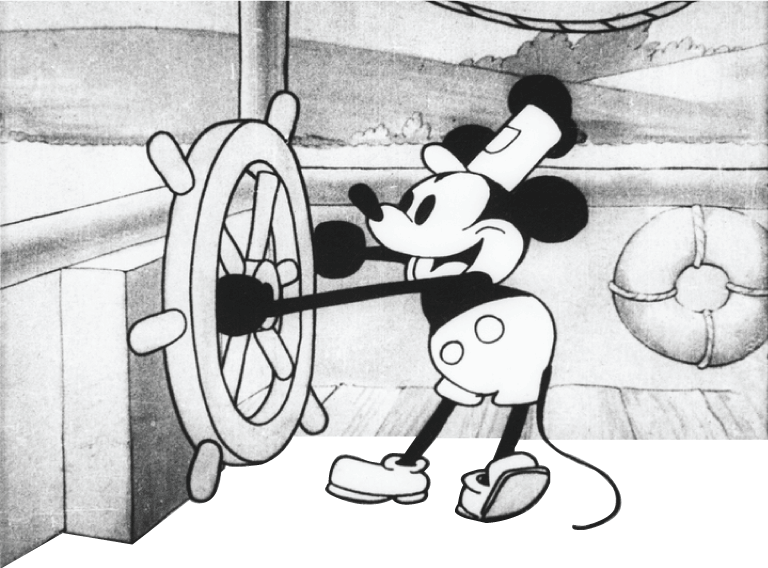In today’s rapidly evolving digital landscape, integrating creative design and technology has transformed how we approach problem-solving, branding, and user experience. While artificial intelligence (AI) has made remarkable strides in various domains, the assertion that AI could ever replace human creative designers is a topic that warrants deeper exploration. Despite its capabilities, AI will never be a better creative designer than a human, and here’s why.
Understanding Creativity
At its core, creativity is a uniquely human trait. It involves the ability to produce novel ideas and connect emotionally with audiences, understand cultural nuances, and draw from personal experiences. Human designers possess the capacity for empathy, intuition, and emotional intelligence, which are critical for creating designs that resonate deeply with people. Conversely, AI operates based on algorithms and data, lacking the lived experiences and emotional depth that inform human creativity.
The Role of Emotions in Design
Effective design is not just about aesthetics; it’s about evoking emotions and telling stories. Human designers can tap into their feelings and understand the emotional triggers of others, allowing them to create work that speaks to the heart of the audience. They can draw inspiration from their surroundings, experiences, and emotions, crafting designs that reflect the complexities of human life. AI may analyse data to determine what works well based on past trends, but it cannot truly understand or replicate the emotional resonance that comes from human experience.
Cultural Context and Nuance
Design is inherently tied to culture and context. Human designers navigate these subtleties with an innate understanding of societal norms, trends, and values. They can adapt their work to reflect the cultural significance of a project, ensuring it is relevant and respectful. AI, while capable of processing vast amounts of information, cannot comprehend the intricate layers of meaning embedded in cultural contexts. Consequently, AI-generated designs need to catch up regarding cultural sensitivity and relevance.
The Importance of Collaboration
Creative design is often a collaborative process where diverse perspectives inspire innovation. Human designers thrive in environments that encourage teamwork, brainstorming, and the sharing of ideas. They can build rapport, communicate effectively, and draw from the strengths of their peers to create something truly unique. While AI can analyse data and generate design options, it cannot engage in meaningful collaboration or understand the dynamics of teamwork in the same way humans can.
The Limitations of AI in Creative Design
AI excels at tasks that require precision, speed, and efficiency, such as data analysis or automating repetitive design elements. However, it needs help with tasks that require genuine creativity and the ability to think outside the box. For instance, AI can produce designs based on existing templates and learned patterns, but it struggles to create a truly unique and innovative logo for a new brand. Similarly, AI might be able to generate a website layout based on past trends, but it would find it challenging to design a user interface that truly resonates with the target audience. Creativity often thrives in uncertainty and ambiguity, areas where AI falls short.
The Future of Design: A Collaborative Approach
While AI will continue to play a significant role in augmenting the design process—streamlining workflows, providing data-driven insights, and automating specific tasks—it should be viewed as a tool that enhances human creativity rather than replaces it. However, over-reliance on AI in creative design could lead to a homogenization of design, where everything starts to look the same because it’s all based on the same data and learned patterns. The future of design lies in the collaboration between human designers and AI, where technology empowers creatives to push boundaries and explore new possibilities. Human designers will always bring a unique perspective to their work, driven by emotions, cultural understanding, and the ability to innovate. As creative design and technology integration evolve, human creativity’s value will remain irreplaceable.
Conclusion
In conclusion, the integration of creative design and technology is reshaping the landscape of design, with AI serving as a powerful ally rather than a competitor. While AI can assist with data analysis and efficiency, it will never surpass the depth, intuition, and emotional intelligence that human designers bring to their craft. Human designers bring a unique perspective to their work, driven by emotions, cultural understanding, and the ability to innovate.
As we move forward, embracing the synergy between human creativity and technological innovation will be vital to unlocking new realms of possibility in design. The future belongs to those who recognise that while technology can enhance creativity, the human touch will permanently set the great design apart.

